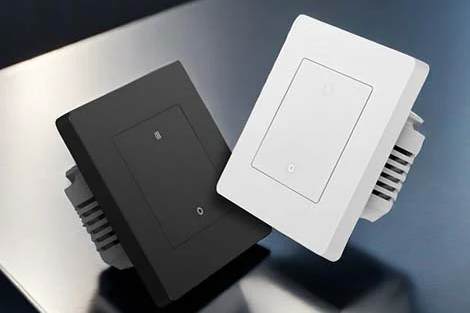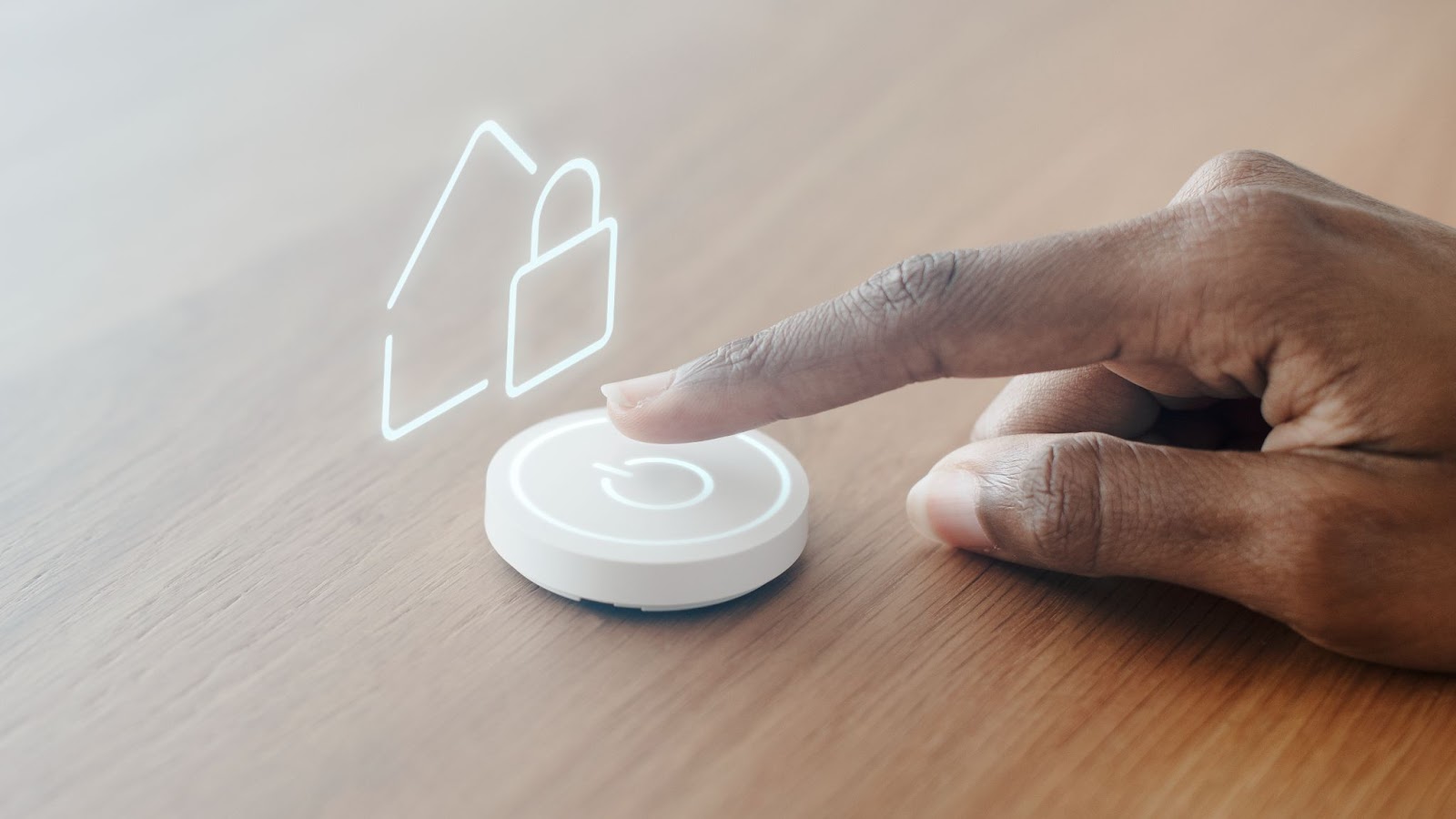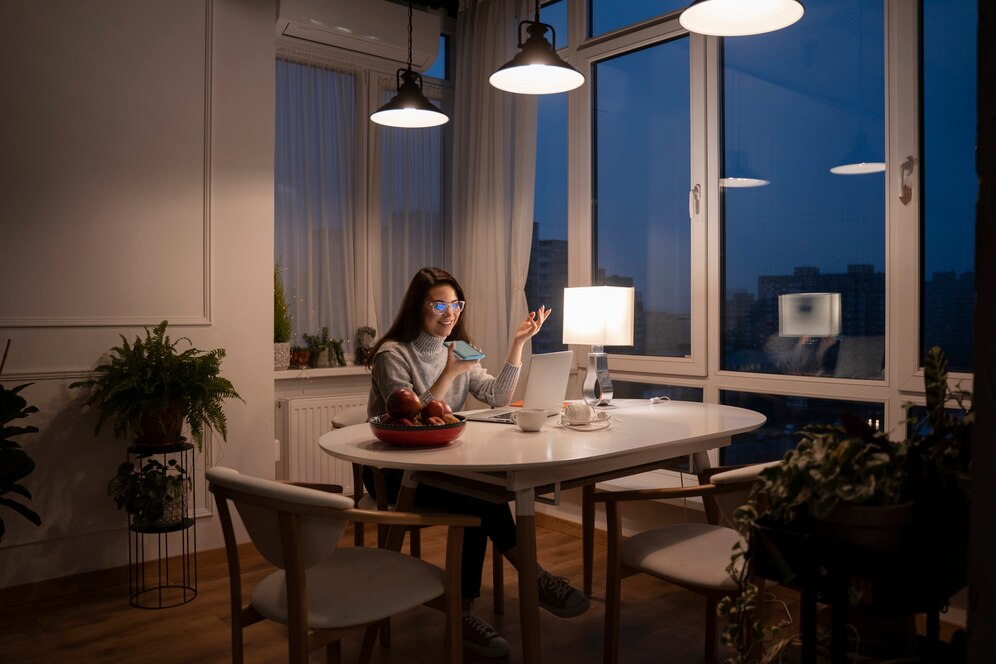Thinking about a Google Home setup? Google Home allows you to control devices, access information, and automate routines through voice commands.
In Singapore, where housing types range from HDBs to condominiums and landed properties, the setup process can differ. This guide outlines what you need to know to set up Google Home effectively for your convenience.
Have a question or want personalised advice? Reach out to AT Smart Home Singapore for a consultation.
Pre-Setup: What You Need Before Starting
Before beginning your Google Home setup, make sure the following essentials are ready:
- A Google Home device
You can use any model, such as the Nest Mini, Nest Audio, or Nest Hub, depending on your needs and space.
- A stable WiFi connection
Google Home supports both 2.4GHz and 5GHz networks. However, some devices only connect to 2.4GHz. If you live in an HDB or a larger unit, using a mesh router can help improve connectivity.
- A Google Account
You will need this to complete the setup and manage your device through the app.
- The Google Home app
This app is available on both Android and iOS. It allows you to set up your device, configure settings, and link smart accessories.
- Compatible smart devices (optional)
Google Home can be connected to other smart home products, including lights, plugs, cameras, and air conditioners. Brands commonly used in Singapore include TP-Link, Xiaomi, Philips Hue, and Meross.

Setting Up Your Google Home
Once your essentials are ready, follow these steps to complete your Google Home setup. These are essential for every Google Home setup, whether you’re in an HDB flat, a condominium, or a landed property.
- Unbox and plug in your device
Connect your Google Home device to a power socket and wait for it to power on. You should hear a welcome sound once it’s ready.
- Download the Google Home app
Install the app from the App Store (iOS) or Google Play (Android), and sign in using your Google Account.
- Connect to WiFi
Open the app and follow the prompts to connect the device to your home WiFi network. Make sure your phone is connected to the same Wi-Fi network as your Google Home device.
- Set up Voice Match
This feature recognises individual voices, allowing the device to provide personalised responses for each user in your household.
- Link your Google Account
The app will prompt you to link your account to enable features like calendar access, reminders, and personalised updates.
- Add compatible smart devices (optional)
If you have smart plugs, lights, or appliances, you can link them during setup or add them later through the app.
Tip: Before linking services like Spotify, YouTube Music, or Netflix, ensure the app and the Google Home device are fully updated.
Setup Tips Based on Your Housing Type
While the Google Home setup process is the same across devices, the layout and structure of your home can influence performance. Below are practical tips based on the type of home you live in:
- HDB Flats
- In smaller flats, a single device can often support voice commands across most areas. Placing it in a central, open location can help with better responsiveness.
- Avoid placing the device close to reinforced doors, metal cabinets, or thick concrete walls, as these may interfere with voice detection or connectivity.
- If your home experiences patchy WiFi between rooms, consider strengthening coverage through additional access points or network adjustments.
- Condominiums
- Condominiums often have open layouts, which make voice projection easier across shared spaces. Placing the device in the living or dining area ensures broader command coverage.
- Some units may include built-in smart systems. If applicable, review your existing controls before integrating a new device to avoid duplication or conflict.
- If your building uses shared internet or has firewall restrictions, you may need to configure your own private network during the setup process. Ensure your device is connected to a secure and dedicated WiFi source.
- To reduce command interference from nearby units, assign unique names to your devices and configure voice profiles for each resident.
- Landed Properties
- In multi-level or spacious homes, you may need to install multiple devices to maintain consistent voice access in each area. Identify key spaces (such as entryways, common rooms, and bedrooms) and place a device in each zone.
- Ensure your WiFi coverage reaches outdoor areas if you plan to control external lighting, gates, or cameras using voice commands. Additional networking equipment may be required to support reliable connectivity.
- Consider grouping rooms into voice routines to simplify controls across floors or functions. For example, you can create a routine for turning off all lights upstairs or activating outdoor devices at night.

Smart Device Types Commonly Used in Singapore Homes
Once you’ve completed your Google Home setup, you can expand its functionality by connecting it to other smart devices. Below are common device types that work well in Singapore homes and support voice control.
Smart Lighting
These allow you to control brightness, switch on/off remotely, and schedule routines. Smart bulbs and light strips are often used in living rooms, bedrooms, and workspaces.
Smart Plugs
These enable voice control for regular appliances such as fans, kettles, and desk lamps. You can also set timers or automate power schedules to reduce standby energy usage.
Indoor and Outdoor Cameras
Voice-controlled cameras allow you to check live feeds from your phone or smart displays. Some users install them at entry points, gates, or baby rooms.
Smart Doorbells
These often include motion alerts and video streaming, which can be triggered or accessed using voice commands.
Air Conditioning Controllers
These let you adjust temperature, switch modes, and turn your air conditioner on or off remotely. Useful for pre-cooling your home before arrival.
Fans and Air Purifiers
Many newer appliances can now be linked to voice assistants, allowing hands-free operation or room-based controls.
Conclusion
A good Google Home setup can make everyday tasks simpler at home. By understanding how your living space affects setup, you’ll get more consistent performance and better control.
If you’re unsure how to optimise your setup, or need guidance tailored to your home, our team offers smart home consultations. Whether you’re planning a new setup or improving what you already have, we’ll help you get it right.
Have a question or want personalised advice? Reach out to AT Smart Home Singapore for a consultation.






